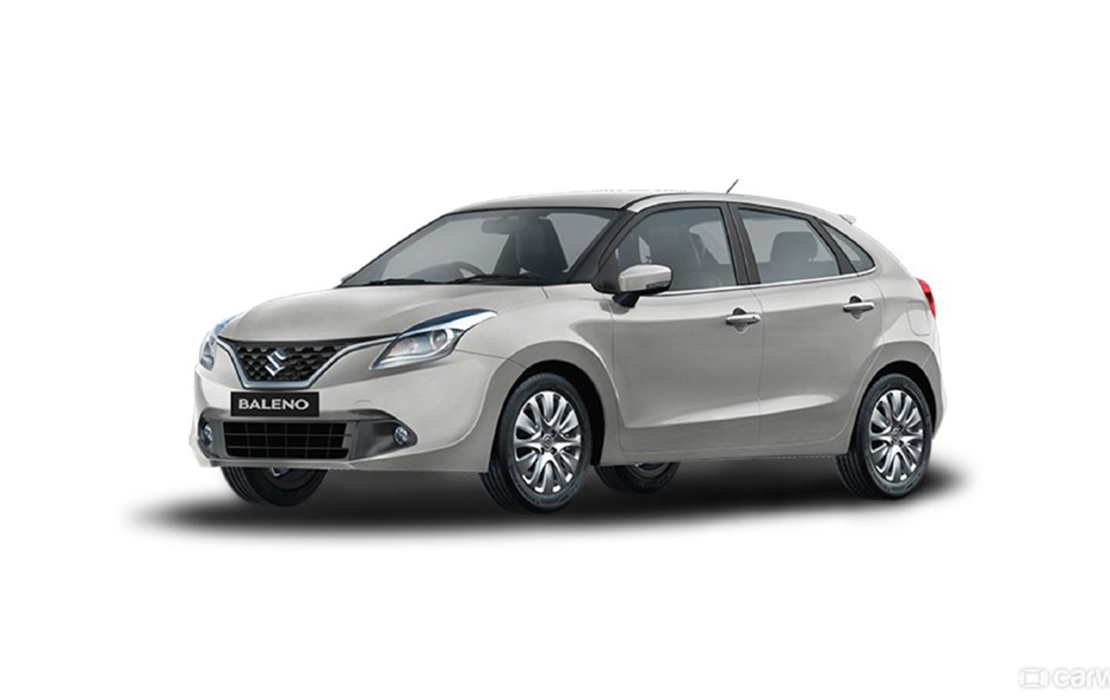2022 Maruti Baleno: High on safety and tech; launch expected next month
The redesigned Maruti Suzuki Baleno 2022 will go on sale in late February 2022. It will get a significant redesign, an all-new cabin, and a slew of class-leading features to help it compete with rivals like the Hyundai i20 and others. While the 2022 Baleno would be more expensive than the present model, Maruti officials believe it will still be competitively priced against the Hyundai i20, which costs roughly Rs 2 lakh more than the most expensive Baleno on the market today at Rs 11.5 lakh (ex-showroom).
New 2022 Maruti Suzuki Baleno: feature rich cabin will get Toyota-Maruti infotainment system
While Hyundai has traditionally led the way in terms of new feature introductions, Maruti will lift its game with the new Baleno. Wireless charging, Apple CarPlay, and Android Auto, among other features, are in the works. In addition, the new Baleno will feature a bigger, free-standing touchscreen with an all-new interface created in collaboration with Toyota. The Baleno is expected to be the first vehicle to feature this new setup. While the systems employed by the two organisations will differ in certain ways, both are expected to offer similar functions. Some versions of the system may include linked technology, which would be a first for Maruti Suzuki, and the business is also developing a suite of connected features tailored to Indian consumers.

New 2022 Maruti Suzuki Baleno: gets up to six airbags and stronger steel
Customers will also benefit from a safer experience with the redesigned Baleno. On the top versions, the number of airbags will be increased to six, including driver and passenger airbags, as well as front and rear curtain bags. Higher-end versions may also include the Electronic Stability Program (ESP), which uses individual wheel brakes to help control the car in an emergency. Maruti Suzuki will use a heavier grade of steel on the outer body panels and elsewhere on the chassis to offer a more solid feel. While this may not significantly enhance stiffness, the car will surely feel more solidly constructed.
New 2022 Maruti Suzuki Baleno: could come with an AMT
In an effort to keep the Baleno more price competitive, Maruti Suzuki is also likely to discontinue the expensive CVT automatic and introduce a Swift like single clutch automatic or AMT. Also called Auto Gear Shift by Maruti, this will be a step back as far as smooth running is concerned, especially in comparison to the current CVT. However, the move to AMT gearbox is likely to make the automatic version more accessible by roughly Rs 60,000.
Paddle shifters are unlikely to make it to the Baleno, but, like the Swift, you will be able to intervene and shift gears manually.
New 2022 Maruti Suzuki Baleno: will get a fresh new cabin
The 2022 Baleno will get an all-new interior in addition to the redesigned exteriors, which include a flatter and larger nose and wider looking taillights. The redesigned floating centre console is the focus point, with a new free-standing screen on top and a pair of vents below. The air conditioning controls are located below these and are nicely integrated into the layered and organic-looking dash.
The sporty instrument panel features a pair of deep-set clear dials, a multi-information display in the centre, and Maruti Suzuki's sporty flat bottom steering wheel from the Swift, while the colours seem a little drab in the spy shots. Currently, the upgrade does not include a fully digital instrument panel.
New 2022 Maruti Suzuki Baleno: will be competitively priced
Maruti Suzuki has a history of pricing its vehicles in line with buyer expectations, and this is unlikely to change with the 2022 Baleno.
Leave a comment